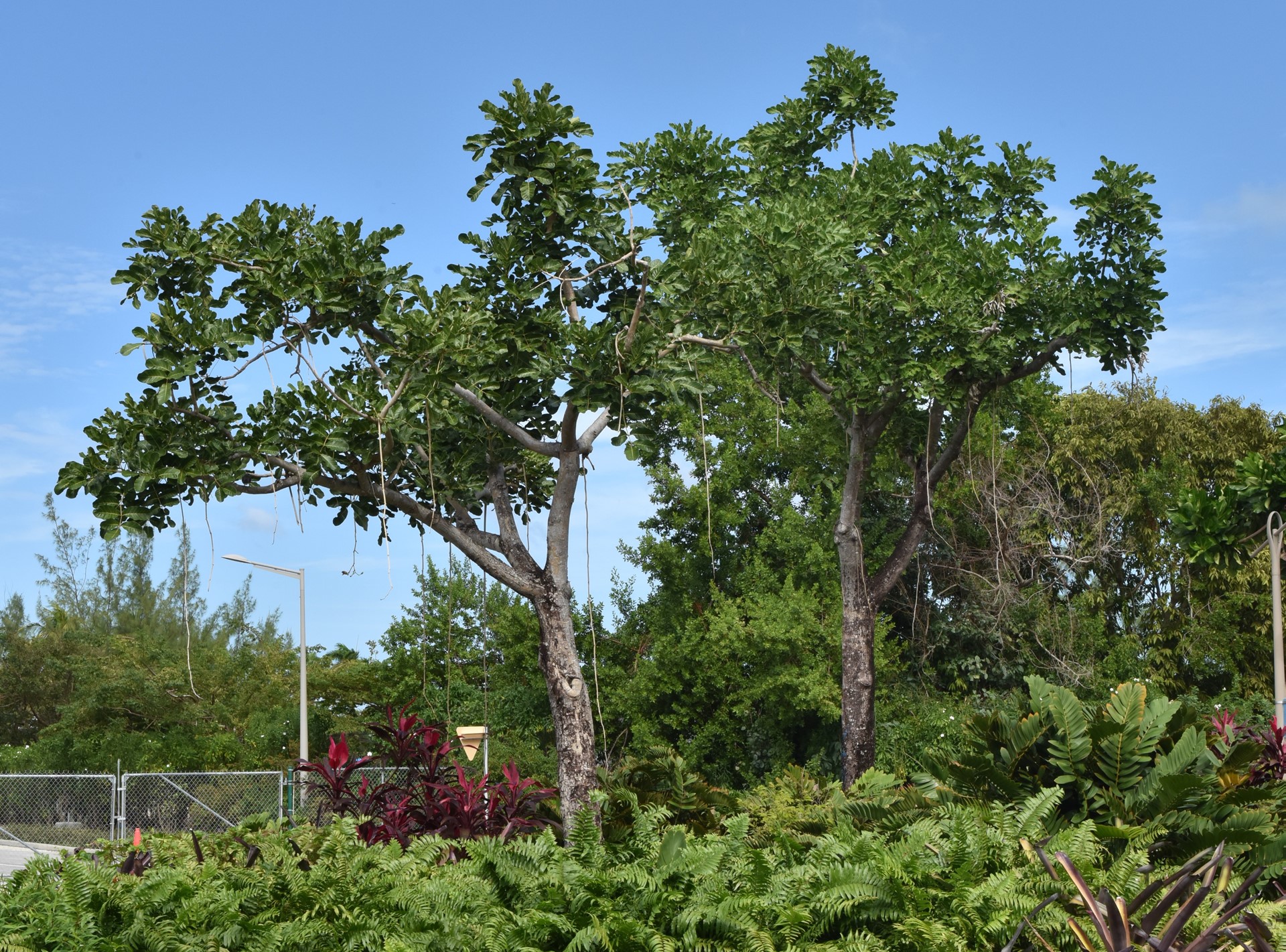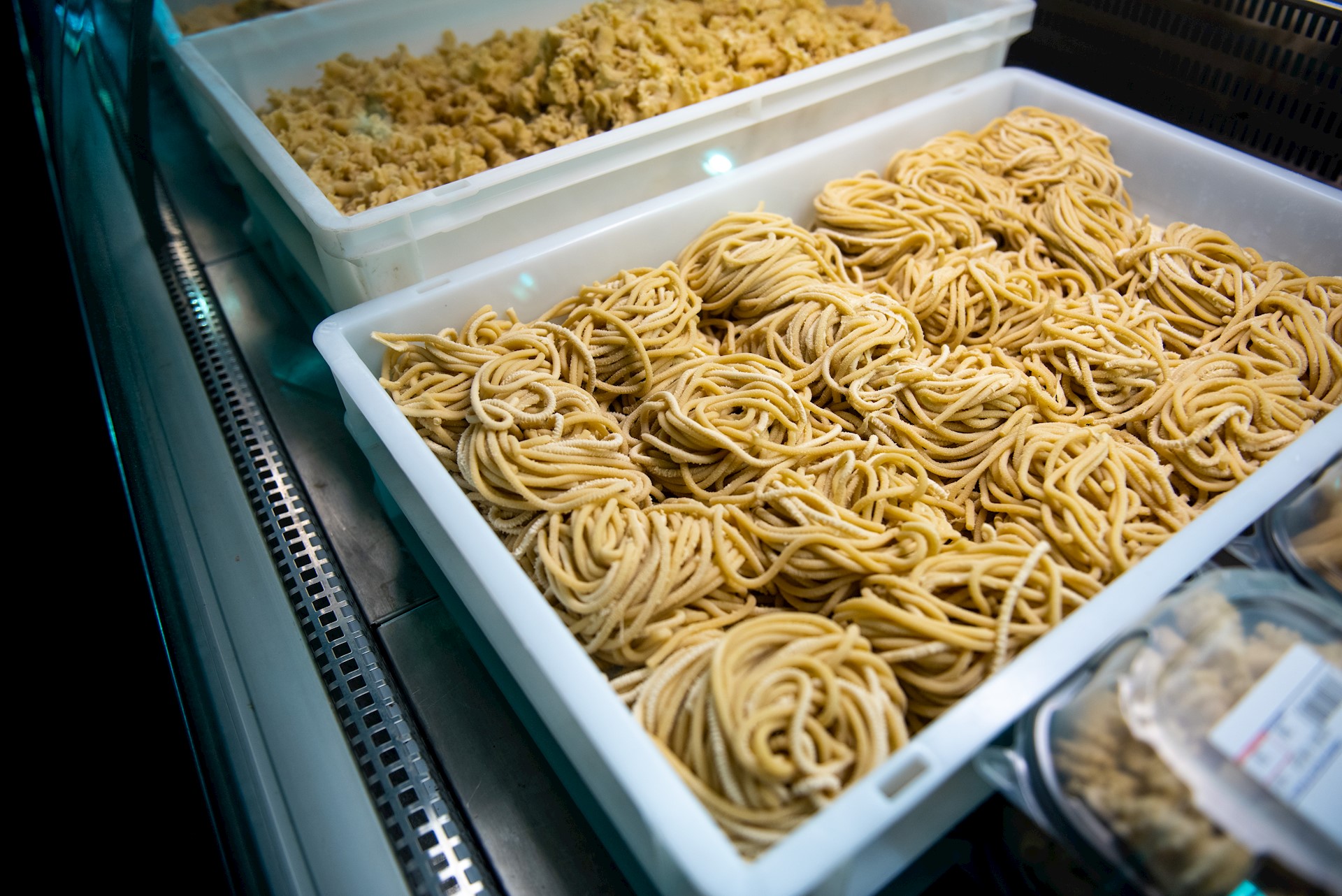
As we approach the end of hurricane season once again, we have so many reasons to give thanks. This year hit (no pun intended) a little different as we experienced several nail-biting close calls and the recent passing of Hurricane Rafael. We also experienced some of the other ways climate change is affecting the islands, such as flooding, and conversely, extended periods of drought.
“Earth has no sorrow that earth cannot heal,” is one of my favourite quotes by John Muir, the Scottish-born American naturalist. I fully believe this to be true, but we are fortunate to be in a position where we can and should help her, since the largest contributing factor to climate change is human activity and the biggest threat to the islands are natural disasters.
Rather than focus on a singular plant this month, the timing seems perfect to point out how beneficial plants — and specifically trees — are to supporting us in navigating our adaptation to a changing climate. Research shows there are almost limitless benefits to being in and around nature, and trees are immensely helpful in efficient and generally affordable ways.
We know that excess carbon dioxide is one of our biggest threats. Since trees absorb carbon dioxide, it would only seem logical that planting more trees — and preserving the ones we already have — is a great way to start combatting the forces that are causing us to experience more intense hurricanes.
Diverse forests are proven to be more resilient against storms primarily because there is strength in numbers, and because different plants take up different amounts of water at different times of year. A healthy, strong stand of trees with a network of communicating underground systems will withstand more severe weather than a sparsely planted landscape.
Trees are about as good as it gets when it comes to mitigating floods. During a heavy rainfall event, several of which we have experienced this year alone, trees first aid in slowing the rate of rainfall. An often-forgotten characteristic is that they act like an umbrella in slowing the amount of time it takes for water to reach the ground, thus lessening the effects of flooding. This is why when you stand under a tree while it is raining, it takes some time before you start to get wet.
When the rain does reach the ground, trees absorb water through complex root structures which vary by species, slowing the flow of the rainwater. Water moves up and throughout the tree in a type of transport tissue called xylem, and then returns to the atmosphere in a different form. This process is called evapotranspiration: evaporation and transpiration — a process beneficial to both humans and trees.
The magnificence of trees does not stop there. Trees play a vital role in stabilising the soil profile and reducing erosion. Other benefits trees provide are added cooling, increased biodiversity, a habitat for wildlife, food sources for a variety of species including pollinators, noise reduction and improved air quality.
Before planting a tree, make sure to do your research on cultural needs: type of tree; growth rate/growth habit; proximity to power lines, buildings and roadways; water requirements; soil composition; care; and maintenance. Camana Bay is full of excellent specimens that fulfil a broad range of risk mitigation strategies for climate change. Natives, mangroves, evergreen species and palms are groups of great choices to start.
This article first appeared in the November 2024 issue of Camana Bay Times.


